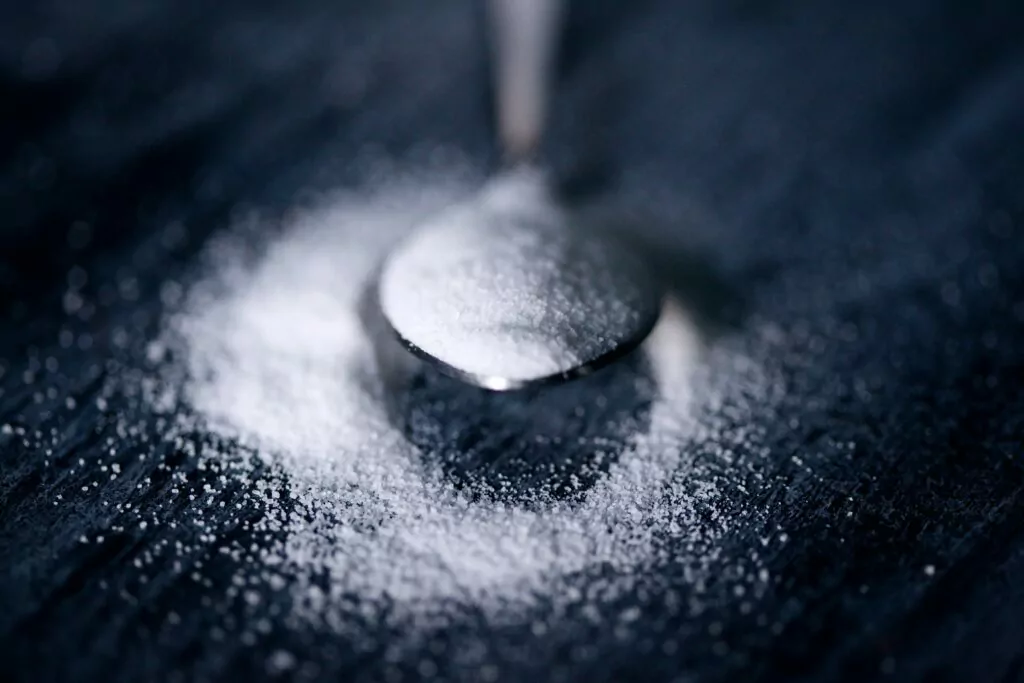Knowing how to measure specific quantities comes in handy in different situations. What would happen if you did not know how much a gram weighs while trying a new recipe? Yes, the results will vary from the actual thing.
Besides, not everyone has a digital scale lying around to measure minute units. This is why you need to know how to measure grams using stuff lying at home. It could be a kitchen utensil or a school stationery item.
Today, we will look at a few practical ways or methods that can help you measure weights without a scale.
How Can I Measure 1 Gram at Home?
If you work in a restaurant, cafe, or laboratory, chances are there is a digital measuring scale lying around. This helps you measure accurate proportions for several purposes. But what about when you get home?

Measuring a single gram at home without a scale can seem like a daunting task. And it gets confusing with different ingredients. For instance, if you assume a pinch of salt weighs 1 gram, you can’t say the same for a pinch of rice grains.
This is why you should get hold and use household items to measure a single gram effectively.
Let us look at some hacks on how to measure a gram without a scale:
Use a Teaspoon
A teaspoon is the most versatile tool for measuring purposes in the kitchen. For most ingredients, you can use a 1/5 teaspoon that equals 1 gram. There is also a special spoon called a tad, a ¼ teaspoon that provides close to 1 gram.

Tablespoons are also another option. But they are larger compared to teaspoons. So, 1/14 would be an approximate measurement which gives us close to 1 gram. We recommend a teaspoon as it is much easier.
Refer to A Conversion Chart
While it sounds easy, you face problems regarding different ingredients. Each ingredient differs in density and volume.
So, even if you use a 1 gram spoon, you will obtain different results with different ingredients. For example, one teaspoon of sugar weighs about 4 grams, while salt weighs 6 grams.
This is when using a conversion chart can speed up the process. You can find several conversion tables for different ingredients online. Print one out and paste it somewhere for future references. Here’s one from AllRecipes.
Plus, you can use these charts to convert grams to milliliters or liters for liquid ingredients. To start you off, you can note that 1 gram equals 0.001 liters.
Using Stationery Items
For this, you will need a pencil, a ruler, tape, and two small square cardboard pieces. Firstly, stick the pencil perpendicular to the ruler at the 6-inch mark.
Next, tape the two cardboard pieces to each end of the ruler. These cardboard pieces will act as pans for the items you want to weigh. Make sure the ruler stays in balance without tipping from side to side.
Finally, take a small item that weighs 1 gram, like a small paper clip or a dollar bill and place it in one pan. This will push down one side downwards.
Now slowly fill the other pan with the ingredient you want. Keep doing until the ruler returns to a straight position and stays parallel to the surface.
It will help if you note that this experiment will not provide an exact measurement. But this way, you can get a rough estimate for a gram.
What Weighs 1 Gram Exactly?
It isn’t easy to obtain reference items that weigh precisely one gram. But if you want close measurements, there are several items we use every day that weighs close to a gram.
Here is a list of various household items that weigh 1 gram:
- Small to a medium-size paper clip
- Thumbtacks
- A dollar bill
- Raisins and almonds
- Pen caps
- Chinese yen coin
- Matte business card
- Chewing gum
- 2-inch birthday cake candle
How to Measure 1 Gram of Powder Without A Scale?
You can also measure powdered ingredients without a scale. This can come in handy during baking and cooking food that requires precise flavor. One wrong measurement, and the whole recipe goes out the window.
Measuring a single gram can be tedious as it is only a minute amount. A digital scale will provide the best reading for a single gram. But if you don’t own one, you can use one of the methods below.
Using a Measuring Cup
If you have a measuring cup with millimeter readings, you are in luck. One milliliter of water equals one gram. So, you can fill the cup with one milliliter of the powdered ingredient of your choice.
Using a Teaspoon
Another effective and proven way of measuring a gram is using a teaspoon. A 1/5 teaspoon is equal to one gram of powder. You can eyeball the amount depending on the volume of the powdered ingredient.
Here are different 1 gram measurements for several powdered items:
- ½ teaspoon of powdered sugar
- ½ teaspoon of all-purpose flour
- 1 teaspoon of garlic powder
- 1/5 teaspoon of salt
- ½ teaspoon of Type 00 flour
Wrapping Up
Accurately measuring a single gram is not accessible if you don’t have a handy digital scale. The items that are said to weigh one gram do not exactly reach that mark.
That said, it won’t hurt there is a slight difference in the weight. As long as it does not weigh twice the amount, you are safe. These tips are for home use only on measuring a gram without a scale.
Be careful not to use these methods while working with laboratory chemicals. Even a minute difference is harmful or risky.